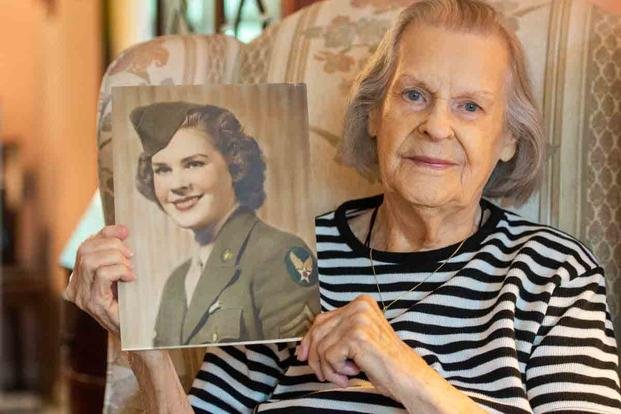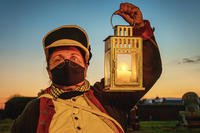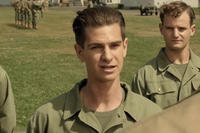The 1942 fitness manual for the Women’s Army Auxiliary Corps (WAAC) clearly states the mission for women serving in the Army during World War II:
“Your Job: To Replace Men. Be Ready To Take Over.”
Women like Lorraine Mulvaney Vogelsang were more than ready when the time came. A Fairfax, Ohio, native, she grew up with seven siblings at the height of the Great Depression. Like many families, they struggled when their father lost his job. Her mother often went hungry so her children could eat.
With World War II raging, Vogelsang dropped out of high school to help her mother with her sisters and brothers when she became ill. Then, in 1942, President Franklin Roosevelt signed off on the creation of the WAAC (later called the Women’s Army Corps) while Vogelsang was working in a laundry shop. She joined the Army the very next year.
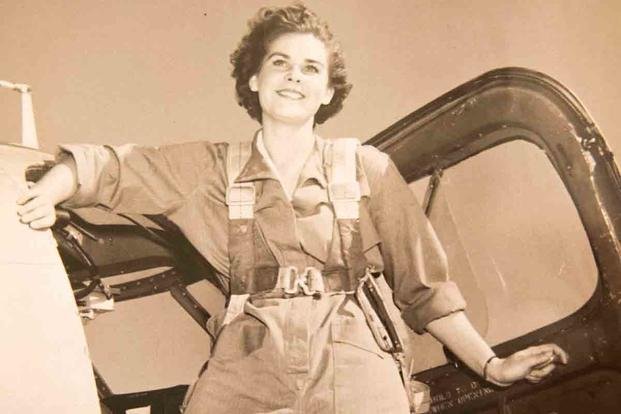
"Mom and Dad weren't too happy about it," she told a military reporter. "But they never did say they didn't want me to go in."
Vogelsang turned 100 years old on Aug. 29, 2021. She talked to U.S. Air Force reporter Wesley Farnsworth about her experience in the WAC during World War II, an experience that began, like many military experiences: marching on the parade ground.
"It was a huge circle, with houses all around it, that was used in the Civil War. It was turned into housing," she said. "We occasionally would get shows or visitors to our base. In fact, one of the visitors was President Franklin Roosevelt, and we paraded for him."
She, like many other WACs, spent four weeks of basic training at Fort Oglethorpe in Georgia. From there, she worked as a baker, a clerk and spent a short time training to be a butcher.
"When they were trying me out as a butcher, they taught us how to use the sharp knives and which ones to use on what parts of the carcass," Vogelsang said. "Then, two men came in from a truck outside carrying a dead lamb, and that's all I remember. I guess I passed out, because I don't remember anything else after that. I didn't last very long in that job."
Vogelsang spent the rest of her enlistment, which lasted through the end of World War II, at Lubbock Army Air Field in Texas. She would have been featured on a WAC recruiting poster, but the war ended before it was needed. After leaving the military, she had three children and credits her longevity to a life of activity.
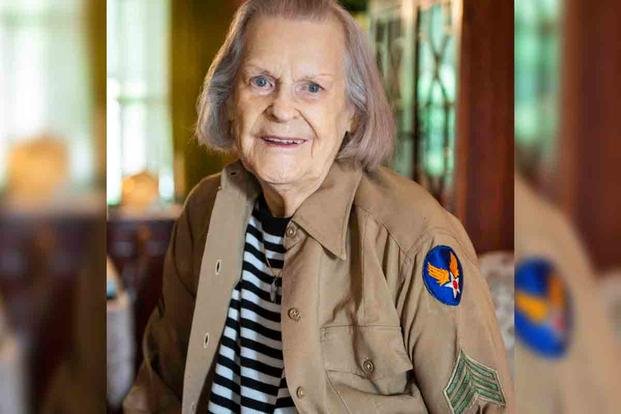
"The key to reaching 100 is staying busy and keeping your body moving," she said.
-- Blake Stilwell can be reached at blake.stilwell@military.com. He can also be found on Twitter @blakestilwell or on Facebook.
Want to Learn More About Military Life?
Whether you're thinking of joining the military, looking for post-military careers or keeping up with military life and benefits, Military.com has you covered. Subscribe to Military.com to have military news, updates and resources delivered directly to your inbox.
